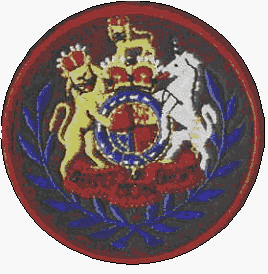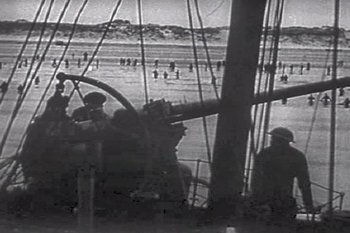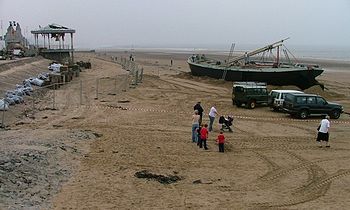
Paul Barnes wrote an interesting post (The Drums of the Fore and Aft) on Army Education and the inherent problem in highly educated NCOs and Warrant Officers being over-ruled by inexperienced 22 year old Second Lieutenants. It made me think a bit about this, and the contrast with specialists in non-military organisations.
So my military experience is minimal, almost three years as a part-time member of a UOTC twenty five years ago. I came across Paul’s problem then, but as the 19 year old. Since then I’ve had a moderately successful career in civil service delivery and leadership roles. I went through a graduate management trainee programme and at 29 took over a passport office managing people twenty years older than me, and with their entire career in passport operations. So I’ve largely seen this problem from the 22 year old graduate perspective.
What does the Army need?
I suppose part of the problem is that the army prepares for lots of contingencies. It can’t see the future, so it tries to provide personnel with a variety of skills and experiences that it can adapt to the challenges of the day. Generally it’s pretty good at it.
As I see it the British Army tries to provide the following from its personnel
- General officers capable of commanding Divisions and Corps in an all arms mechanised war
- Mid level officers (Captains and Majors) with deep expertise in specific arms to provide staff and training roles
- Highly specialised SNCOs that can train an army, and can also train the officers
- Soldiers that can turn their hand to a variety of roles, including light infantry, aid to the civil power, full on mech war, etc.
You’ll notice in the list that there isn’t really a need for Lieutenants. They’re a feeder grade for the officers that understand their arm. In turn those officers become the trainees for Generals.
There are two important groups of personnel, both of whom typically have 10-20 years of experience and a deep command of their area of expertise. The SNCO/WO group are unrivaled in the mechanics and administration of warfare. They know every single soldier role in their arm (from direct personal experience) and also what all the officers up to Major should be doing.
The other group are the Colonels and Generals. They’ve mastered integration and using multiple arms to complement each other.
Both these roles can’t be trained for overnight, or even over a couple of years in peacetime. Most of those that enlist will never do either role, either because they don’t have the right stuff, or because they get lost because they aren’t recognised early enough and given the right postings to develop their talent.
How is this different elsewhere?
So the army tries to anoint people as potential generals when they join up. It does this through the commissioning process. Other organizations do similar things with graduate and management trainee programmes. Where these differ is that looser hierarchies allow more room to manoeuvre. Also people can shift jobs to get promoted or acquire skills when they choose. This is not an option for soldiers.
In a civilian role you’d almost never face the problem of the 22 year old geography graduate telling the veteran HR manager what to do, unless it was the boss’s kid. Even then you could appeal to the boss.
What Could the Army Do?
Probably many things. Here are some ideas maybe worth chewing over:
- Don’t let 2Lt/Lt have command over anyone with more than two stripes. (i.e. acknowledge that Lieutenants are trainees and that Sergeants and Warrant Officers are not)
- Give WOs rank equivalence to Lt (OF2). This is a small change but signals clearly to the junior officer that they should listen and learn from their SNCOs.
- Do away with WO in the service support side (like HR) and commission experienced SNCOs to directly command the functions. Arguably you could also refuse to accept 2Lts into those arms, send them to the infantry instead.
- Stop commissioning people straight out of school/uni. Make them do a year as a private, a year as a corporal and then do the commissioning course. Also don’t allow people to do AOSB until they’ve got a stripe up.










